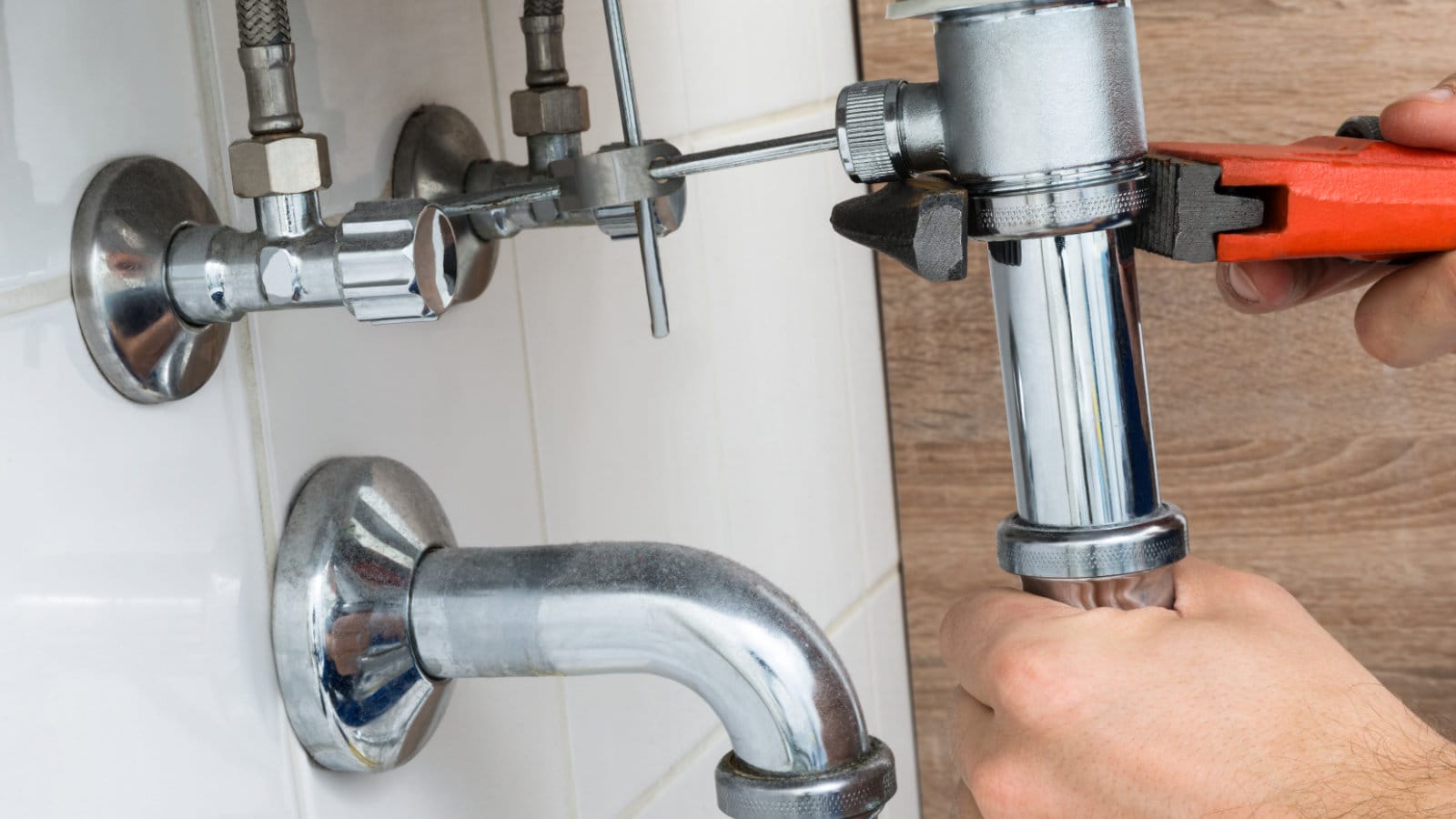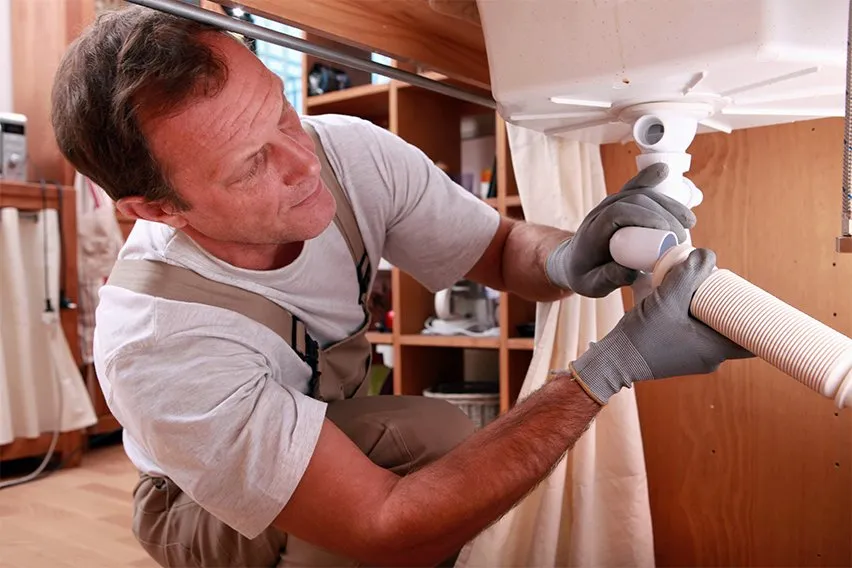In the world of construction and homeownership, ensuring a reliable and safe plumbing system is paramount. When it comes to new construction projects, one crucial aspect that cannot be overlooked is plumbing backflow prevention. In this article, we delve into the essentials of plumbing backflow prevention in new builds, highlighting its importance for both homeowners and real estate developers.

Understanding Backflow and Its Risks
Backflow is a term used to describe the undesirable reversal of water flow in a plumbing system. This can lead to contamination of potable water supplies with harmful substances. In a new build, ensuring effective backflow prevention is essential to maintain water safety and quality.
The Importance of Backflow Prevention in New Builds
For homeowners and developers, investing in backflow prevention is a proactive measure to safeguard health and prevent costly repairs. Contaminated water can pose serious health risks, and addressing these issues at the construction stage is both efficient and cost-effective.
Key Components of Backflow Prevention Systems
Backflow prevention systems typically include devices such as backflow preventers, air gaps, and check valves. These components work together to ensure that water flows in the intended direction, preventing contamination.
Choosing the Right Backflow Prevention Devices
When selecting backflow prevention devices for a new build, it’s important to consider factors such as water pressure, system size, and local regulations. Consulting with a professional plumber can help identify the most suitable options for your specific needs.
Regulatory Requirements and Compliance
Compliance with local plumbing codes and regulations is essential for ensuring the effectiveness of backflow prevention systems. These regulations often dictate the types of devices required and their installation standards. For more information on plumbing regulations, check out this plumbing basics guide.
Installation Considerations for New Builds
During the construction phase, proper installation of backflow prevention systems is critical. Collaborating with experienced plumbers can help ensure that systems are installed correctly and meet all regulatory requirements.
Testing and Maintenance of Backflow Prevention Systems
Regular testing and maintenance of backflow prevention systems are crucial for their continued effectiveness. Annual testing by certified professionals ensures that devices are functioning properly and can identify potential issues before they become major problems.
Benefits for Homeowners and Developers
Investing in backflow prevention offers numerous benefits. For homeowners, it provides peace of mind knowing that their water supply is protected from contamination. Developers benefit from enhanced property value and reduced liability.
Cost-Effective Solutions for New Builds
Integrating backflow prevention systems during the construction phase is often more cost-effective than retrofitting existing systems. It allows for seamless integration with the overall plumbing design.
Case Studies: Successful Backflow Prevention in New Builds
Examining real-world examples of successful backflow prevention implementations can provide valuable insights for homeowners and developers. These case studies highlight best practices and showcase the benefits of proactive measures.
Common Challenges and How to Overcome Them
While implementing backflow prevention systems, developers may face challenges such as space constraints or budget limitations. By working with experienced professionals and exploring innovative solutions, these challenges can be effectively addressed.
Future Trends in Backflow Prevention
The field of backflow prevention is continuously evolving, with new technologies and practices emerging. Staying informed about these trends can help homeowners and developers make informed decisions about their plumbing systems.
Conclusion: Ensuring Safe and Reliable Plumbing in New Builds
Incorporating plumbing backflow prevention into new builds is a vital step towards ensuring safe and reliable plumbing systems. By understanding the importance of backflow prevention, selecting appropriate devices, and adhering to regulatory requirements, homeowners and developers can protect water quality and enhance property value. For additional insights, explore our stormwater drainage and water supply lines resources.

Frequently Asked Questions
What is backflow prevention, and why is it important?
Backflow prevention is the process of preventing the reverse flow of water in a plumbing system. It is important to protect water supplies from contamination and ensure safe water quality.
How often should backflow prevention systems be tested?
Backflow prevention systems should be tested annually by certified professionals to ensure they are functioning correctly and to identify any potential issues.
Can backflow prevention be integrated into existing plumbing systems?
Yes, backflow prevention systems can be retrofitted into existing plumbing systems, although it is often more cost-effective to integrate them during the construction phase.
This article contains affiliate links. We may earn a commission at no extra cost to you.



